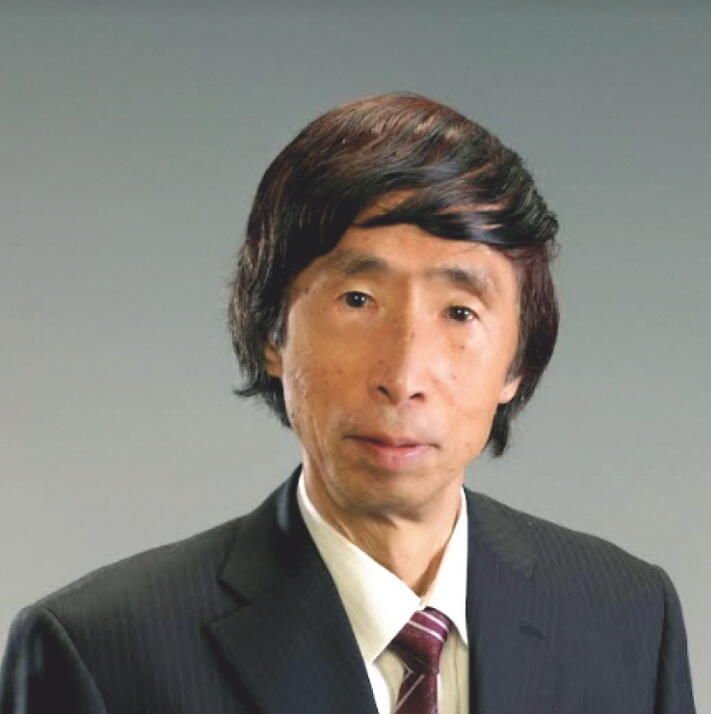President Message
Let's develop young researchers who will lead the next generation
The other day, IUPAC held an online meeting of the presidents of each chemical society from around the world to discuss increasing the number of Ph. D. students. Although the nurturing of talented Ph. D. students is directly linked to the success of innovative research and development in both academia and industry, many countries are troubled by a decline in the number of Ph. D. students and are feeling a sense of crisis. In Japan as well the number of Ph. D. students has declined by 18% over the last 20 years. Although each country has its own unique circumstances, a common understanding of the importance of making Ph. D. programs more attractive and of the primary and secondary education leading to Ph. D. programs was reached. In order to halt the recent slump in the Japanese economy and the decline in the international scientific level and revive the country, the Chemical Society of Japan will need to go beyond proposals and take a down-to-earth approach.
The Chemical Society of Japan has long been working to popularize chemistry and discover talented elementary, middle, and high school students through programs such as the Chemistry Daisuki Club, the Chemistry Grand Prix, and the International Chemistry Olympiad. In particular, the Chemistry Grand Prix (commonly known as the Koshien of Chemistry) receives approximately 3,000 applications each year, from which 70 to 80 outstanding performers are selected through written and experimental tests and are awarded prizes. However, while they have uncovered talented young players (so-called golden eggs), no subsequential development program has yet been prepared. Thus, we would like initiate a program to nurture these sharp, outstanding talents. That is to say, we will establish a new program for middle and high school students who have been awarded the Chemistry Grand Prix, supporting undergraduate through Ph. D. studies, in order to cultivate the next generation of leading chemists who can be active on the world stage.
Meanwhile, the Chemical Society of Japan plans to initiate the Young Organic Chemists Development Suborganization in 2026 in order to train Ph. D. students who are mostly research-oriented. There have been five suborganizations until now, but no new suborganizations have been formed for over 20 years. The genesis of the Young Organic Chemists Development Suborganization will bring new evolution to the suborganization, and we hope for a ripple effect. The highlight of this new suborganization will be the Otsu Conference, a dojo for young, talented Ph. D. students selected from all over the country. The Otsu Conference was founded in 2010 and is an excellent place for young people to train. There have already been about 250 students from the first to the fifteenth class, and they have been active as research leaders in industry and academia, forming a large group.
By linking these efforts, the Chemical Society of Japan aims to realize a seamless young development project for elementary students to graduate students. I mentioned the Otsu Conference in the field of organic chemistry as an example, but I hope that by expanding to other fields, Nobel Prize winning talent will appear in the near future.
Furthermore, three years from now in 2028, the Chemical Society of Japan will mark its 150th anniversary. Through the daily activities of chemists and chemical engineers in Japan, we see this as an important opportunity to help the general public at home and abroad come to the true awareness of the importance of chemistry in society, and we hope to promote this 150th anniversary project with the support of industry and academia.

Keiji Maruoka
President, The Chemical Society of Japan
Graduate School of Pharmaceutical Sciences,
Faculty of Pharmaceutical Sciences
Kyoto University